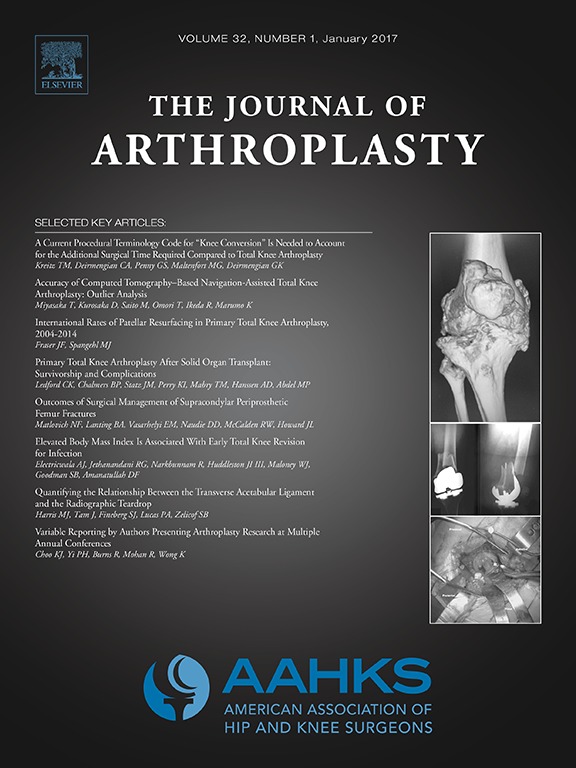
Arthroplasty
Portable compression device in addition to LMWH lowers DVT rate after TKA
J Arthroplasty. 2008 Dec;23(8):1122-7. Epub 2008 Apr 2277 patients undergoing total knee arthroplasty (n=153) and total hip arthroplasty (n=124) were randomized to use a portable continuous enhanced circulation therapy (CECT) compression device, in addition to low-molecular-weight heparin (LMWH), or receive low-molecular-weight heparin alone. The results after 3 months indicated that in the patients undergoing total knee arthroplasty, the risk for developing DVT was reduced with the combined treatment of the portable CECT compression device and prophylaxis with LMWH, compared to chemical prophylaxis alone. No change was observed in pulmonary embolism occurrence. However, this positive effect was not seen in total hip arthroplasty patients as the DVT occurrence was not different between the two treatment groups.
Unlock the full article
Get unlimited access to OrthoEvidence with a free trial
Start TrialCritical appraisals of the latest, high-impact randomized controlled trials and systematic reviews in orthopaedics
Access to OrthoEvidence podcast content, including collaborations with the Journal of Bone and Joint Surgery, interviews with internationally recognized surgeons, and roundtable discussions on orthopaedic news and topics
Subscription to The Pulse, a twice-weekly evidence-based newsletter designed to help you make better clinical decisions
Exclusive access to original content articles, including in-house systematic reviews, and articles on health research methods and hot orthopaedic topics
Or continue reading this full article
Register Now

Subscribe to "The Pulse"
Evidence-Based Orthopaedics direct to your inbox.




































